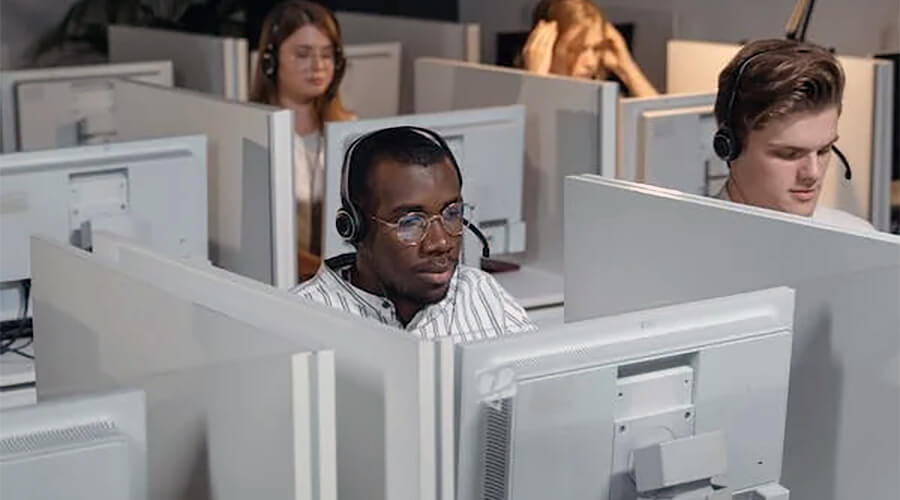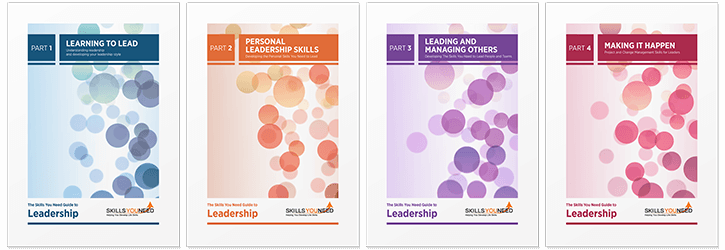The Evolution of Office Design:
From Cubicles to Co-Working Space
See also: Ergonomics
The office design landscape has changed significantly in recent years, and the evolution of workplace environments has been fascinating to watch. From the inception of cubicles to today's co-working spaces, there have been major shifts in how employees view their work environment.
It's clear that office design is a critical part of any organization's success - creating an atmosphere that encourages creativity and productivity. In this article, we explore the evolution of office design and how it has impacted employees and organizations alike.

The Emergence of The Cubicle
The phrase “out with the old and in with the new” comes to mind when discussing the evolution of office design. Before cubicles, offices were a maze of wooden desks and bulky filing cabinets; an environment that could be considered outdated and uninspiring.
But it was in 1968 when Herman Miller introduced the Action Office system, otherwise known as the cubicle, which revolutionized modern office design. The idea behind cubicles was to create private spaces for employees while still allowing for collaboration. The structure of each cubicle was simple: four walls made from sound-dampening material, a desk, bookcase, chair and filing cabinet.
With their introduction, workers gained more space to work than ever before. They also had more control over their environment due to the ability to decorate within their own workspace. Today, however, we are seeing a shift away from traditional cubicles towards more open floor plans such as co-working spaces.
These areas are designed to foster creativity and collaboration by providing a variety of seating options including couches, benches and standing tables for employees to use throughout the day. Co-working spaces also provide access to shared resources like meeting rooms and communal kitchens that can be used by all members of the team.
As these open concepts gain popularity in businesses around the world, it is clear that office design is moving in a new direction – one that emphasizes collaboration over individualism.
The Open Office Plan
The open office plan has become increasingly popular over the past few decades as a way to promote collaboration and communication between employees.
It is characterized by an emphasis on open floor plans, minimal walls or dividers, and shared workspaces that encourage people to work together in teams.
This type of office design eliminates the traditional cubicles and replaces it with a flexible environment that allows for more interaction between staff.
The benefits of an open office plan include improved communication between colleagues, increased productivity due to team collaboration, and better overall morale as workers are no longer confined to isolation in their cubicles.

Additionally, this type of layout can reduce costs associated with physical space since less furniture is needed and more people can fit into the same area.
Finally, this type of workspace can help create a sense of community among employees which can lead to greater job satisfaction and loyalty.
Open office plans offer numerous advantages for organizations looking to foster creativity and teamwork amongst their employees.
With careful planning and consideration for individual employee needs, these plans have the potential to make businesses more successful through improved communication, increased productivity, cost savings, and higher morale.
Innovations in Technology
The open office plan broke the traditional barriers of cubicles and ushered in a new era of collaboration and creativity. It's no surprise that this style of workspace has become so popular in recent years.
However, the latest development in office design isn't just about rearranging furniture – it’s about harnessing technology to revolutionize the way we work.
As companies strive to stay competitive, tech-savvy solutions are becoming more commonplace in modern workspaces. Smart devices are now being incorporated into office designs to create a more automated experience for employees.
State-of-the-art tools such as automated lighting, temperature control, and interactive displays allow workers to customize their work environment while streamlining tasks like data analysis or scheduling meetings.
These technological advancements have also led to smarter workspaces with improved communication and collaboration capabilities, making it easier for teams to stay connected wherever they are located.
With these innovations, offices can be designed to better meet the needs of businesses while creating a pleasant atmosphere for employees. By combining cutting-edge technology with creative design strategies, companies can create an efficient space that fosters productivity and innovation.
The Rise of Co-Working Spaces
The future of office design has arrived. With a focus on collaboration and innovation, companies are now turning to co-working spaces to make the most productive use of their time.
But what exactly is a co-working space? It's a way for businesses to come together in one area, using shared resources while still maintaining a sense of autonomy. The concept has been around since the early 2000s and is quickly becoming the norm for many industries.
As more and more people move away from traditional cubicles, co-working spaces offer an exciting alternative. These spaces provide a unique mix of open floor plans, common areas, and private offices that promote creativity and collaboration. They also provide amenities like printing services, meeting rooms, and break rooms that help employees stay productive throughout their workdays. Additionally, they often have discounted pricing options so companies can save money while still enjoying all the benefits that come with these innovative workspaces.
With its growing popularity among businesses, it's no surprise that co-working spaces are becoming the go-to solution for modern office designs. Companies can take advantage of these flexible solutions to foster new ideas and increase productivity without breaking their budgets. Plus, there are plenty of options available for businesses looking to add some extra flair to their office design – from vibrant colors to comfortable seating areas – allowing them to truly create an environment where employees can thrive.
The Benefits of an Open Office
The open office design is becoming the go-to choice for many businesses looking to boost employee morale, increase collaboration, and promote a sense of community.
Here are some of the key benefits of an open office:
-
Increased collaboration: Open offices make it easier for workers to communicate with one another and work together on projects.
-
Improved focus: Open offices provide more natural light and fewer distractions, allowing employees to stay focused on their tasks.
-
Enhanced creativity: Open offices can provide a more stimulating environment that encourages new ideas and creative problem solving.
-
Enhanced team spirit: Open offices foster a greater sense of camaraderie among coworkers, which can lead to increased productivity and satisfaction in the workplace.
These advantages have led many organizations to embrace open office designs as a way to create an efficient and productive work environment.
An open office design can also help attract top talent by providing an inviting atmosphere that allows workers to feel comfortable and welcome. In fact the coworking space in Philadelphia is increasing on yearly basis.
Furthermore, by breaking down traditional barriers between employees, such as cubicle walls, the overall atmosphere of the office can become more positive and encouraging.
Ultimately, implementing an open office design is an effective way for businesses to get the most out of their employees while creating a pleasant workspace for them.
The Future of Office Design
The future of office design is something that has been discussed time and time again. Recently, with the surge in the popularity of co-working spaces, many are wondering what this means for the way offices look in years to come.
There is a certain level of uncertainty when it comes to predicting the future of office design, but there are a few trends that are already emerging:
| Opportunity | Challenge |
| Increased flexibility for employees | Privacy issues for employees working in close proximity |
| Environmentally friendly features | Costly technology investments required |
| Enhanced collaboration between workers | Potential disruption to productivity due to loud noise or distractions in shared spaces |
These trends suggest that the future of office design will be far more collaborative and flexible than ever before. Companies will need to balance these opportunities with potential challenges as they strive to create an environment that enables their employees to be productive and comfortable while at work. It is clear that workplace design is becoming increasingly important, and companies must stay ahead of the curve if they want to remain competitive in today's market.
Further Reading from Skills You Need
The Skills You Need Guide to Leadership eBooks
Learn more about the skills you need to be an effective leader.
Our eBooks are ideal for new and experienced leaders and are full of easy-to-follow practical information to help you to develop your leadership skills.
Conclusion
The evolution of office design is an incredible story of innovation and adaptation. From the introduction of cubicles to the rise of co-working spaces, we have seen an incredible transformation in how offices are designed.
The open office plan has changed how work is done and technology continues to play a major role in this transformation. We must now ask ourselves: What comes next?
Repetition of key words and phrases can help give us a glimpse into what the future may hold for office design. Our goal should be to create a space that encourages collaboration, creativity, and efficiency; one that allows us to make the most out of our working environment.
With this in mind, we can look forward to exciting changes in the workplace for years to come!
About the Author
Paul Smith is a seasoned technical writer with over 10 years of experience in creating clear, concise, and user-friendly articles. With a passion for technology and a keen eye for detail, Paul has successfully translated complex technical concepts into accessible content for various audiences.


